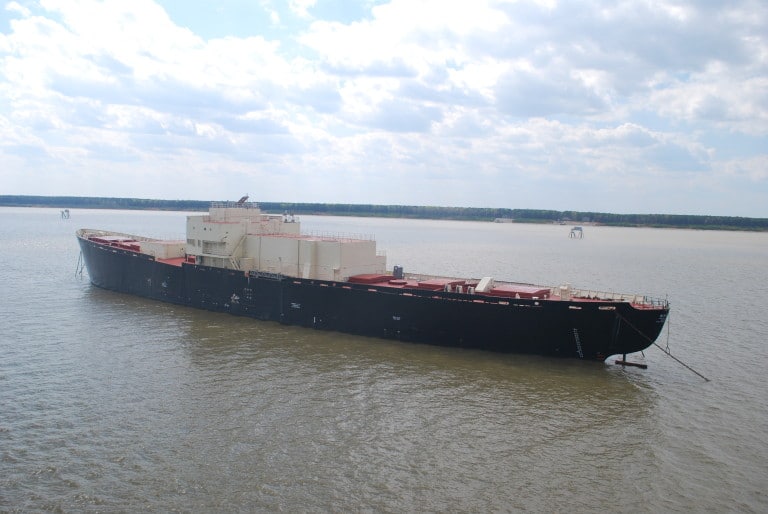Warning: Amory Lovins is influencing national security decision makers
Amory Lovins recently visited the Pentagon. After a glowing introduction by the flag officer who is in charge of fleet readiness and logistics for the US Navy, Lovins told people who are tasked with looking into the future and planning budgets that human society is moving from an age of carbon to an age of…

